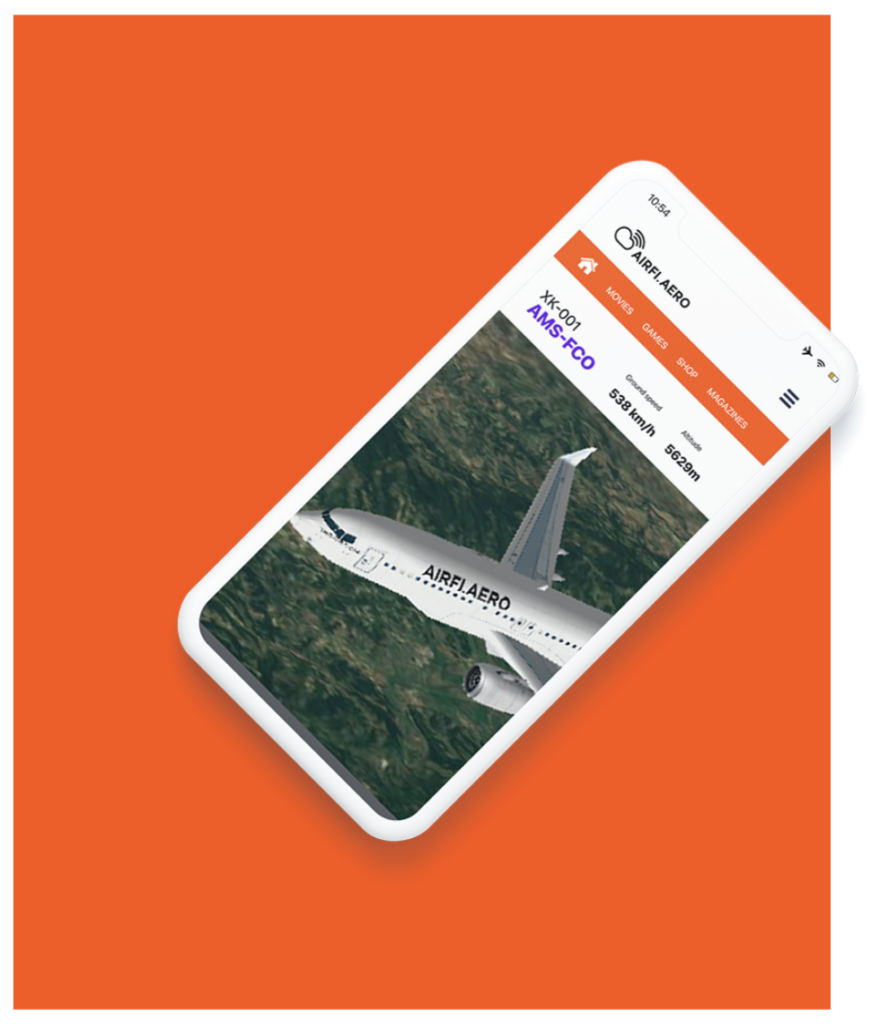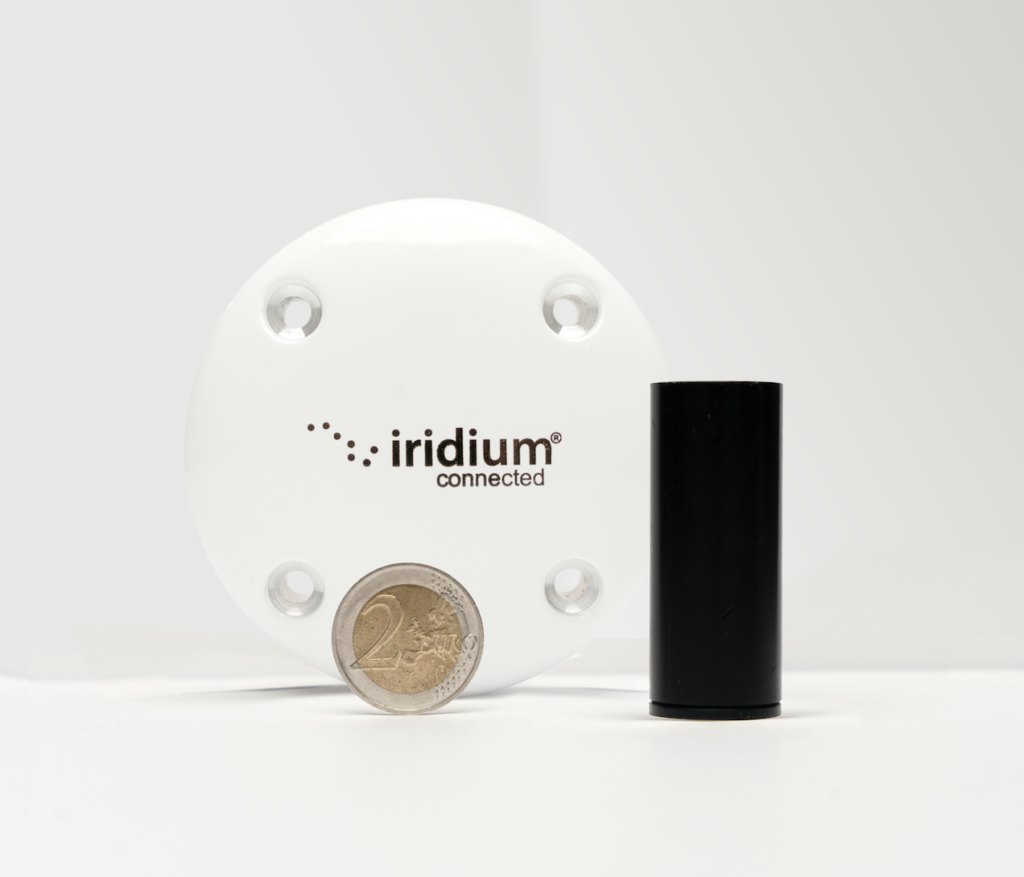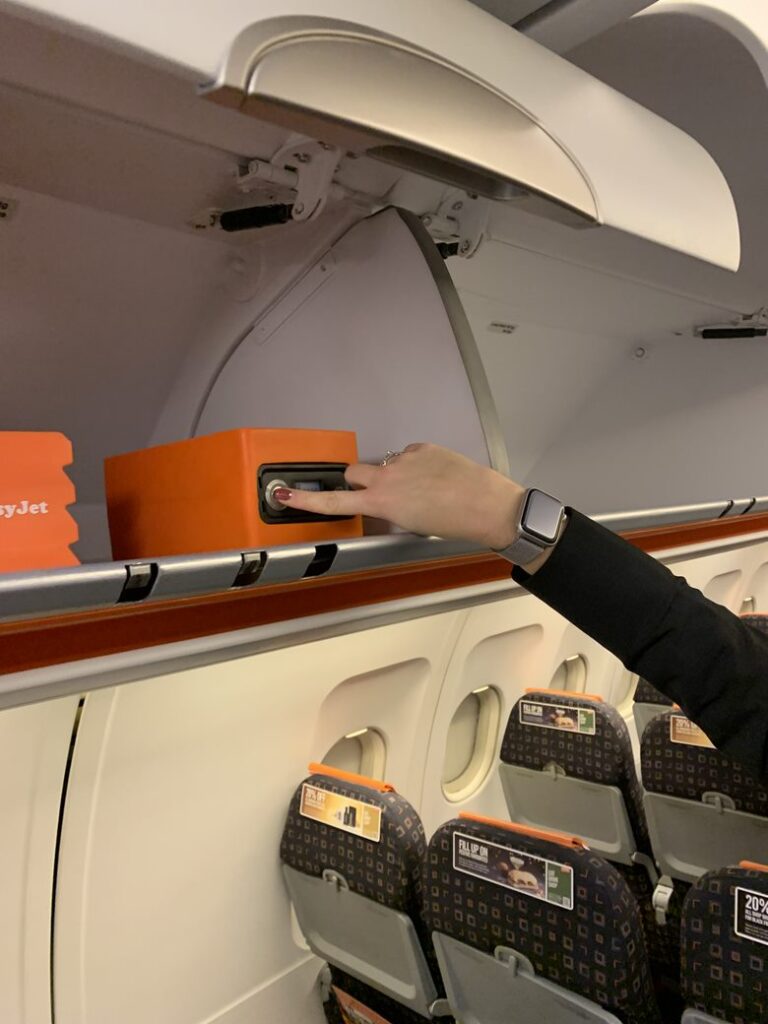AirFi CEO Talks In-Flight Streaming and LEO Satellite Solutions


AirFi developed a LEO (low-Earth orbit) satellite solution, pictured above, in partnership with Iridium and SKYTRAC. (Photo: Iridium)
Travel technology company AirFi has developed portable wireless streaming solutions that are cost-effective and easy to deploy. Following the successful implementation of AirFi’s portable streaming solution on easyJet’s EU and Swiss fleets, the company recently announced the extension of this technology to the remaining aircraft in the airline’s fleet.
The initial trial of AirFi’s technology took place in Oct. 2022 as part of easyJet’s ongoing campaign to deliver an industry-leading digital onboard experience to its customers across Europe. The airline equipped an additional 108 aircraft with AirFi’s streaming technology, ultimately leading to its deployment on all 327 aircraft in the fleet.
The in-flight system powered by AirFi introduces a customized wireless engagement portal that offers passengers access to an array of content, including games, journey-specific information, and details about the airline. Passengers can also browse through a selection of in-flight retail offerings using their personal mobile phones, tablets, or laptops. Connecting to the content is as simple as accessing the local Wi-Fi network created onboard by AirFi’s hardware solution. This digital upgrade can be implemented without the need to take the aircraft out of service.

(Photo: AirFi)
AirFi ensures that accessing the content is cost-free. Passengers are not required to download any apps prior to the flight or share their personal information to connect to the network. With AirFi’s streaming solution, airlines can revolutionize the in-flight experience, offering passengers a variety of engaging options while simultaneously driving additional revenue streams.
Job Heimerikx, CEO of AirFi, shared his thoughts on the recent announcement in an interview with Avionics International. He also discussed AirFi’s LEO (low-Earth orbit) satellite solution, developed in partnership with Iridium and SKYTRAC, which received multiple Crystal Cabin Awards. Check out our Q&A with AirFi’s CEO below:
Avionics International: From your perspective, what do you see as the key factors that led easyJet to choose AirFi’s portable streaming solution?
Job Heimerikx: AirFi has its own factory and complete control of its own product. We’re not buying components or products from somebody else, and we are able to produce at very high volumes—or low volumes—depending on demand. We could pull off a four-month deployment on all these aircraft. That must have played a factor.
The way we are dealing with safety and operational safety is different from other companies in the market. We strongly believe that switching batteries during the flight is a dangerous thing, because you cannot control the health of the battery. Batteries need to be protected; measurements, fluctuations, all that is incredibly important to us.
Avionics: How does AirFi ensure a seamless and reliable streaming experience for passengers, considering the challenges associated with in-flight Wi-Fi connectivity?
Heimerikx: The AirFi system is a closed-loop system. In other words, we do not make a connection to the ground. There’s no internet connection, no browsing or surfing the internet. We created the solution in such a way that we have multiple independent nodes. Every box works independently, which makes it a multi-redundant system that is very reliable during flight. If one of the boxes would drop out for whatever reason, the other boxes could automatically take over the bandwidth. That really helps with service consistency.
We are not taking part in the race to bring gigabytes per second to the aircraft. That’s not our game. But we do work together with Iridium and SKYTRAC to provide a window-based antenna solution that is incredibly reliable. This is because we are dealing with a LEO solution that works pole to pole and not a specific area, and we do not require a 90-degree angle with the messaging from the satellite in order to have good reception.
From a reliability point of view, there are two very important factors. There’s multi-redundancy in the entertainment/box part as well as the connectivity part. It is multi-redundant by design, which makes it a very reliable solution. From a passenger experience perspective, similar to at home, we enjoy the fact that the phones have a memory of friendly Wi-Fi connections they connected to in the past. This means that if you have used the AirFi solution in one of the aircraft that we supply it to, the next time you end up on an aircraft using the AirFi solution, the phone will automatically connect.
Avionics: Could you discuss any of AirFi’s future plans for innovation and development in onboard entertainment and passenger engagement? Are there any exciting features or partnerships on the horizon?
Heimerikx: In the second half of this year, we will announce several new innovations both on the payment side as well as on the entertainment side of things. One of the innovations is something we probed several years ago called DANCE24. It’s EDM music festivals that have been recorded, which we bring to the IFE space. The first major airlines are now going to pick this up.
Are there potential scalability and cost-efficiency advantages of AirFi’s portable streaming solution compared to others available in the market?
From an efficiency point of view, it’s rather straightforward, especially if you look at the installed solution where we install the AirFi box in the overhead bin. It’s a 4.5-kilogram solution that covers the entire aircraft. From a weight penalty perspective and therefore from a fuel consumption perspective, we are incredibly efficient.

The use case for the in-flight entertainment solution itself, without the LEO, is [mainly] based on entertainment but also on providing the opportunity for airlines to organize in-seat ordering. That has a massive benefit and increase in what is being sold onboard from onboard retail or from onboard catering. We see double-digit growth in those sales in some of our trials—very substantial.
From a connectivity perspective, it’s all about validating payments and allowing passengers to send messages to the ground. Allowing passengers to send messages to the ground increases the so-called “repurchase intention,” or customer happiness—a statement or claim made by pretty much every IFC/IFE provider. We also do it in an extremely cost-effective way. The price for equipping an aircraft with an AirFi system is only 10% of the price you would expect from any other in-flight entertainment and connectivity supplier out there. Yet we can still do over 90% of all use cases—onboard sales, payment validation, flight deck information, crew empowerment, connecting flights, all these kinds of things don’t require a gigabit connection.
—————
Boost Internet Speed–
Free Business Hosting–
Free Email Account–
Dropcatch–
Free Secure Email–
Secure Email–
Cheap VOIP Calls–
Free Hosting–
Boost Inflight Wifi–
Premium Domains–
Free Domains





